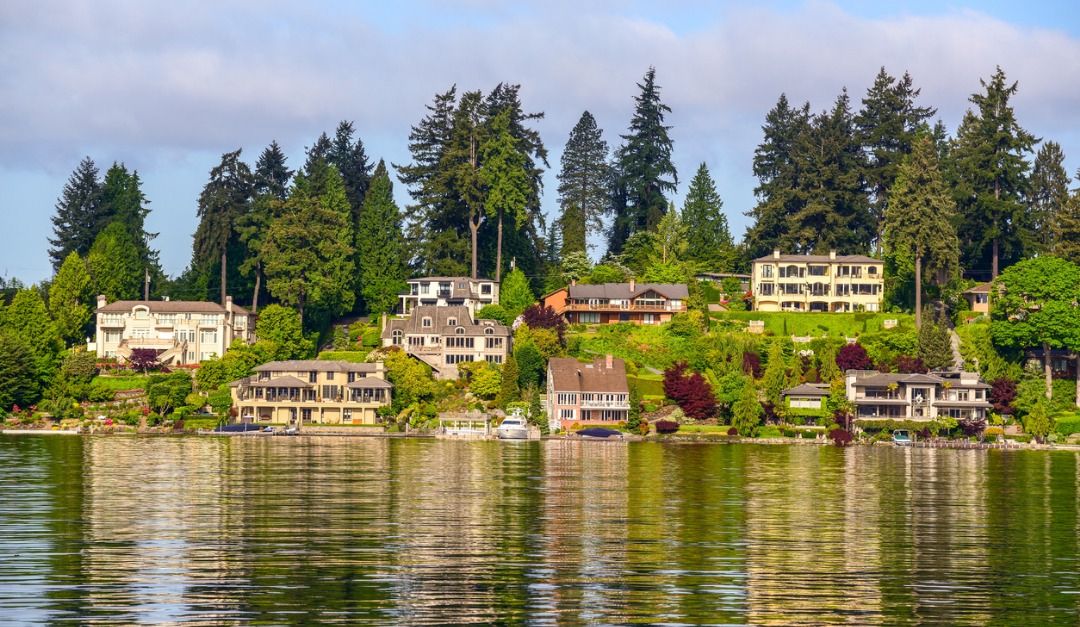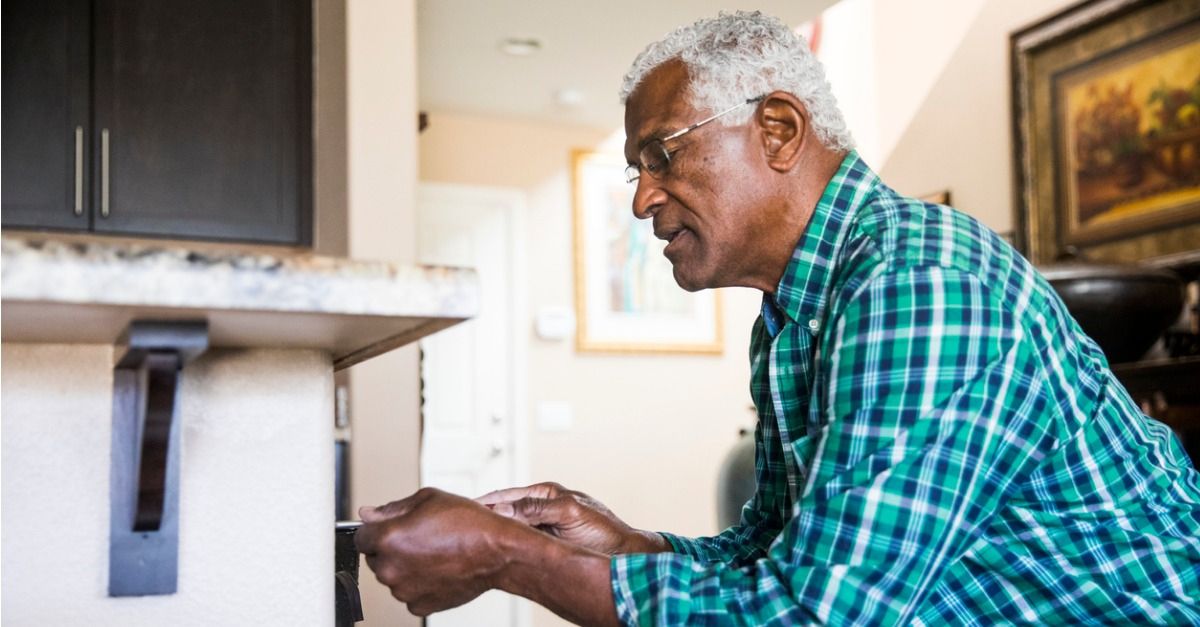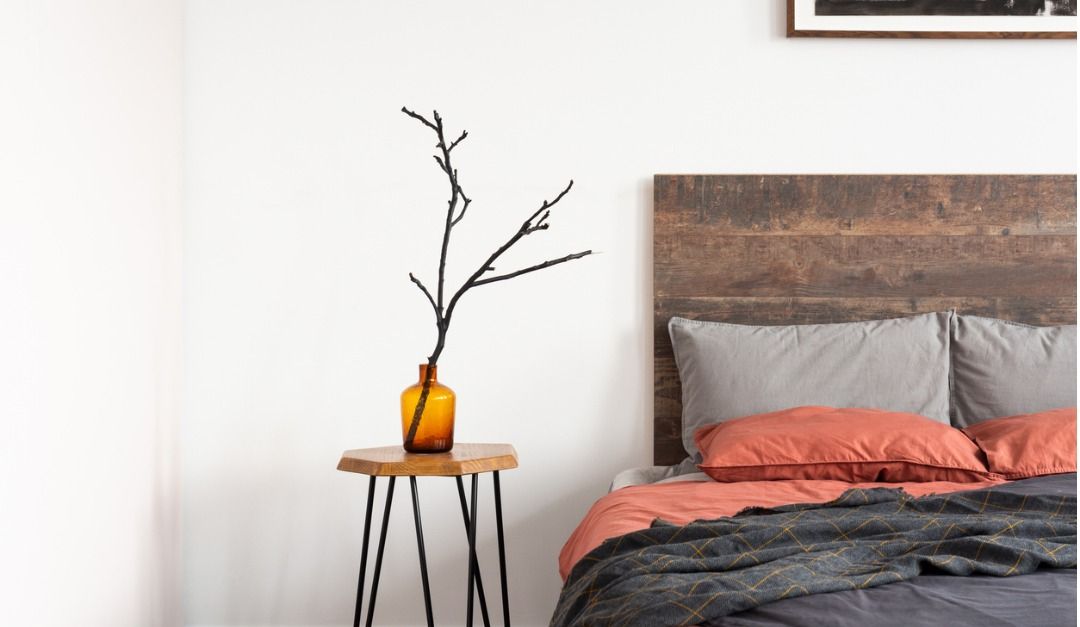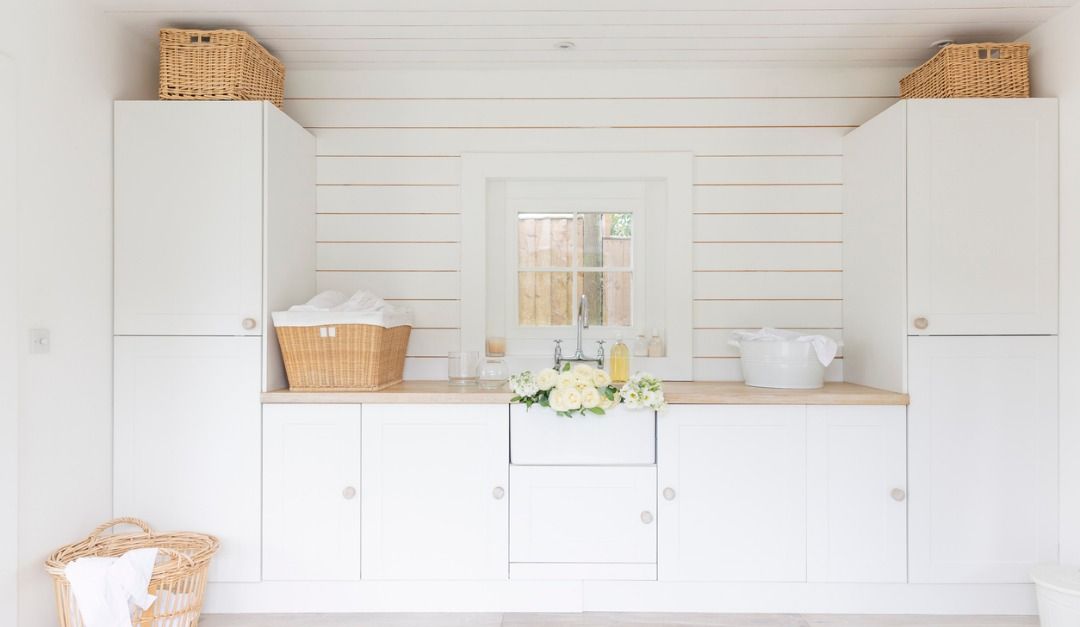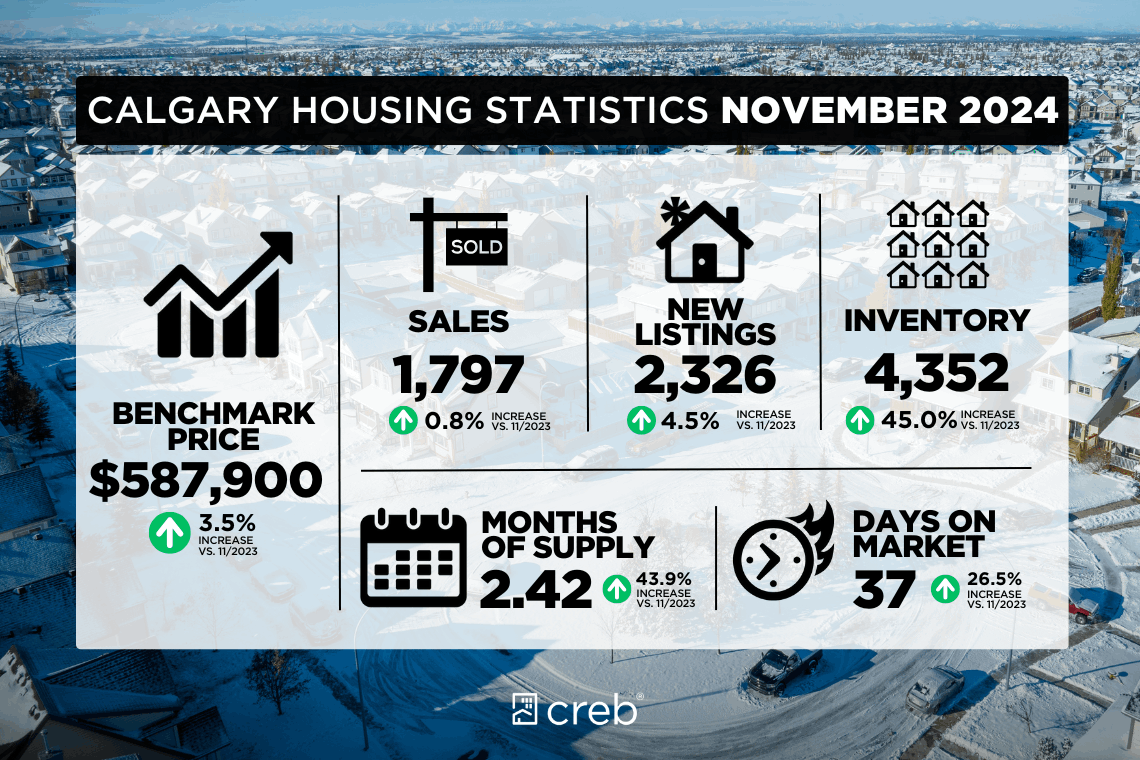
Supply on the rise, but not across all price ranges
As we transition into winter, Calgary's housing market is following typical seasonal trends, with activity slowing compared to the fall. However, year-over-year demand remains relatively strong. In November, increased sales in detached, semi-detached, and row homes offset a decline in apartment con
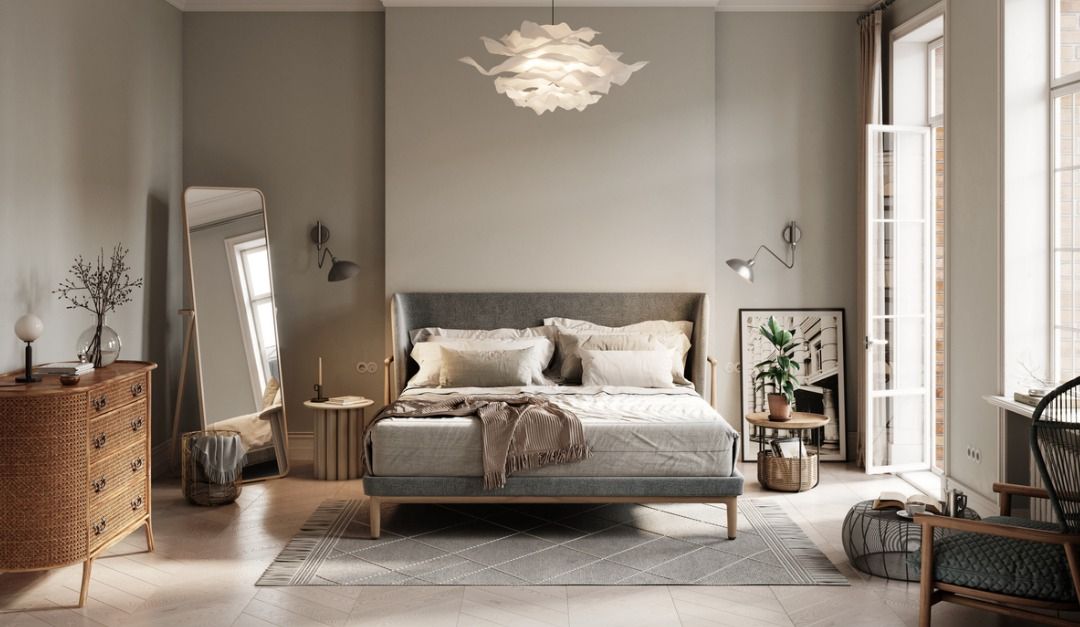
Your Guide to Designing a Bedroom
A bedroom should be a place of solace, rest and relaxation. Creating this space should be intentional, focusing on function and complemented by a soft, calming aesthetic. Designing a bedroom should be an exercise in creativity and purpose. Read on for your guide to creating a bedroom. Eliminate
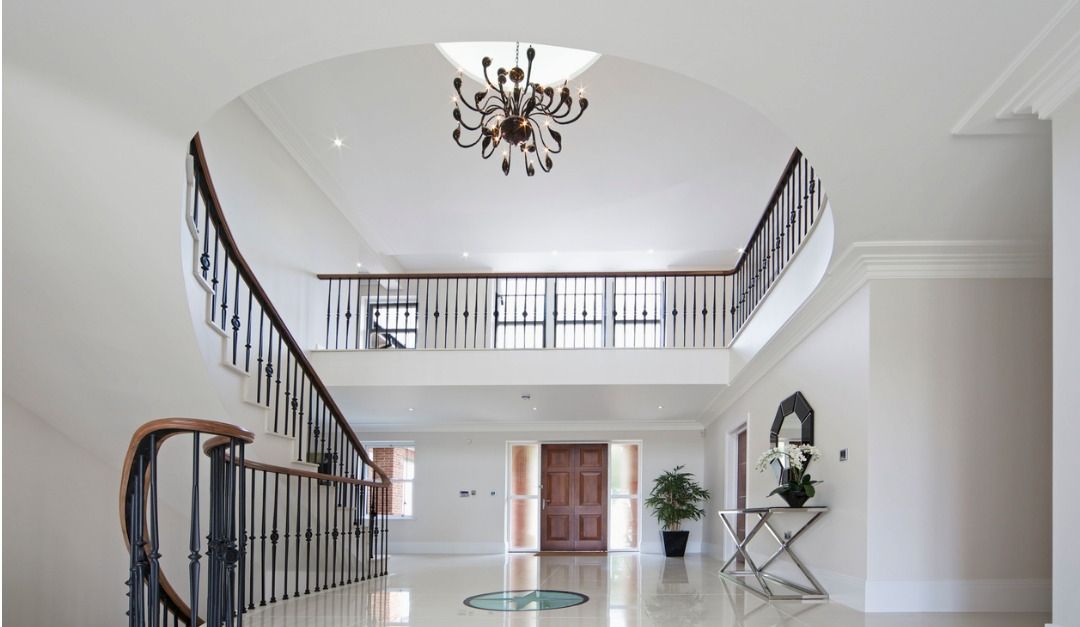
Designing an Entryway That Sells
Whether you’re selling your home or just moving in for the first time, you’ll want to ensure you’re designing the most welcoming, beautiful space possible. It’s very easy to forget about this area as it serves a specific purpose and we rarely spend more than a few minutes a day in it. It is, how
Categories
Recent Posts


